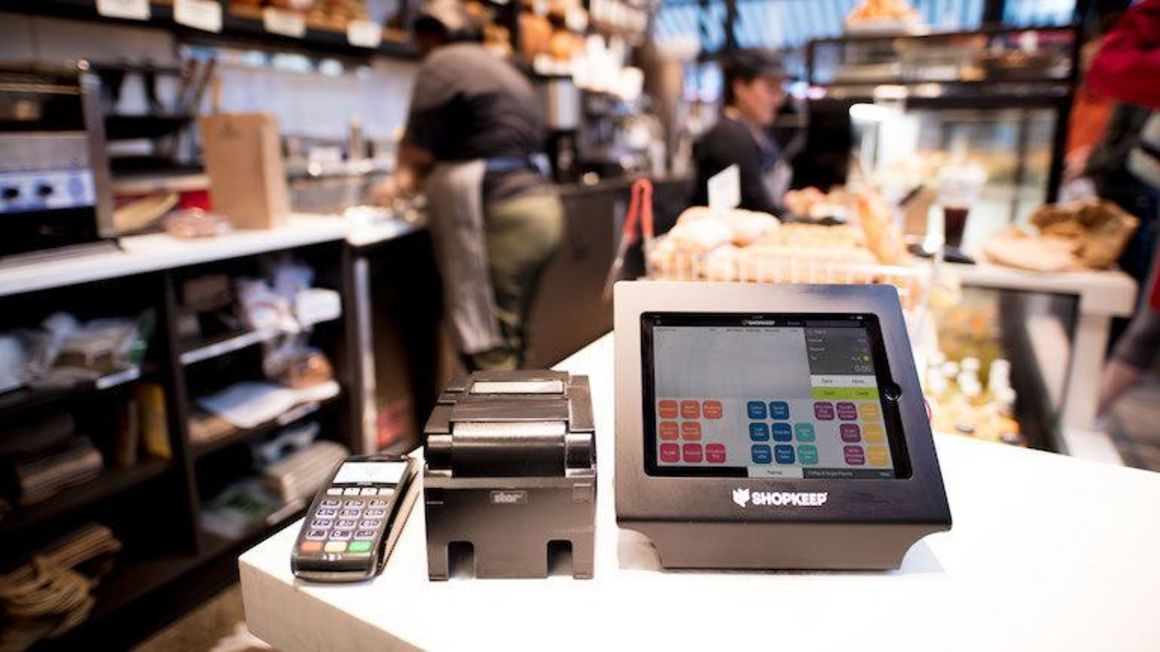
Dar es Salaam. A point of sales (POS) is increasingly becoming an important digital payment platform as the country moves towards cashless economy, official data shows.
Data from the Bank of Tanzania’s Financial Sector Supervision shows that POS registered the highest growth rate during the five years to 2019 compared to any other digital payment platform.
The amount channeled through the POS digital payment channel rose by 1,140 percent to Sh29.12 trillion in 2019 from Sh2.34 trillion recorded in 2015.
This was the highest growth rate compared to 427 percent for mobile banking, 48.69 percent for internet banking and 13.24 percent for Automated Teller Machine (ATM) respectively.
In terms of transaction volume, the number conducted via POS also rose by a cool 1,945.7 percent to reach 86,495,030 [transactions] in 2019 from 4,228,133 [transactions] in 2015.
The rise in the value and volume of the POS payments in the country can also be attributed to the increase in the number of machines that rose to 34,502 in 2019 from 8,441 of 2015.
The BoT says digital payments reduce the cost of providing financial services. They also increase safety and convenience of using saving and payment products.
“Integrating digital payments into the economy of the country may address the critical issues of domestic resources mobilisation. In addition, digitisation of payments also drives inclusive economic growth and individual financial empowerment,” the central bank says.
The BoT reports that apart from POS, more transactions were done through the Automated Teller Machines (ATMs) where 72, 858,358 transactions were recorded in 2019.
In 2019, the total value of transactions from the four digital payments channels used in the country increased by 20.92 percent to Sh99.11 trillion from Sh81.96 trillion of 2015 while volume of transactions increased by 39.29 percent to about 220 million transactions from 158 million recorded in 2015.
By 2019, Internet banking continued to hold the highest value of transactions with Sh50 trillion, followed by POS and ATM transactions which were valued at Sh29.12 trillion and Sh10.45 trillion respectively.
Bankers says the rise in POS has been a result of concerted efforts by a number of players within the financial sector which have resulted into creation of enough public awareness on what the system entails.
“It is simply because Tanzanians now understand what POS are and what they entail. As a result, they are widely used. The system also allows for interoperability from one bank to another,” said Tanzania Bankers Association chairman Abdulmajid Nsekela.
Mr Nsekela, who is also chief executive officer of CRDB Bank Plc, said the platform was also generally safe, convenient and cheap.
“Major supermarket chains, including those at Mlimani City allow this mode of payment. This means that Tanzanians who want security, convenience of moving about without worries of carrying too much cash have opted to move towards POS,” he said.
He said there was also the issue of national parks, including the Serengeti National Park, among others, which now prefer digital mode of payment as well as airports especially in Zanzibar where cash payments are discouraged.
The general manager for finance at the Bank of Africa, Mr Mussa Mwachaga said what was being witnessed in the numbers was simply an indication that the world, and indeed Tanzania, was moving towards a cashless economy and therefore a majority of people now preferred digital modes of payment.
He said POS was now commonly used because of accessibility they can be found almost everywhere and therefore accessible.
For her part, the card business manager at Equity Bank, Ms Margreth Mwasumbi, said a majority of people prefer POS service because it was free of charge unlike ATM where a person is charged.
“A majority of business people also prefer to use POS where a customer pays direct to the bank and therefore risk is low because they do not collect cash,” she said.






No comments :
Post a Comment